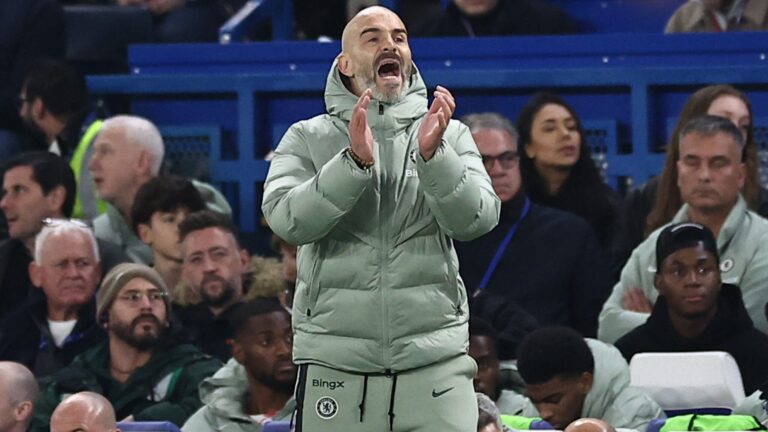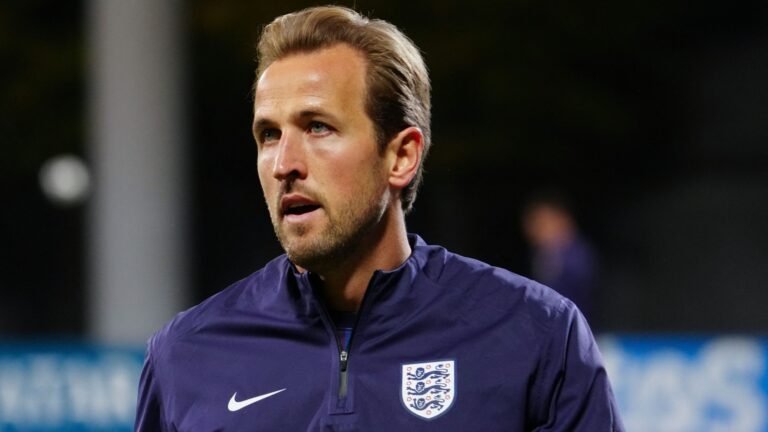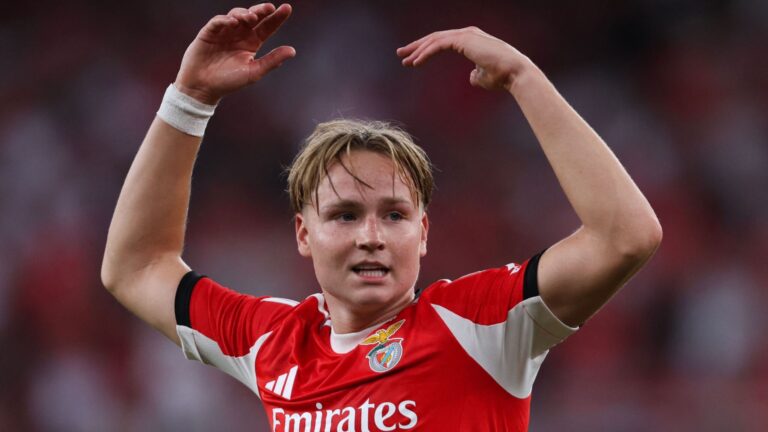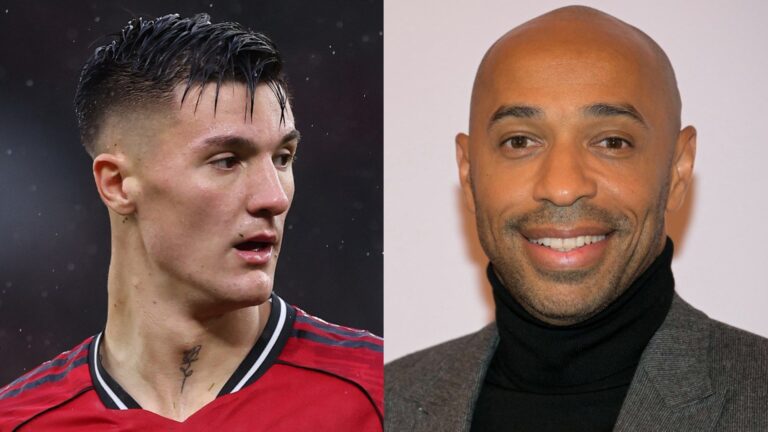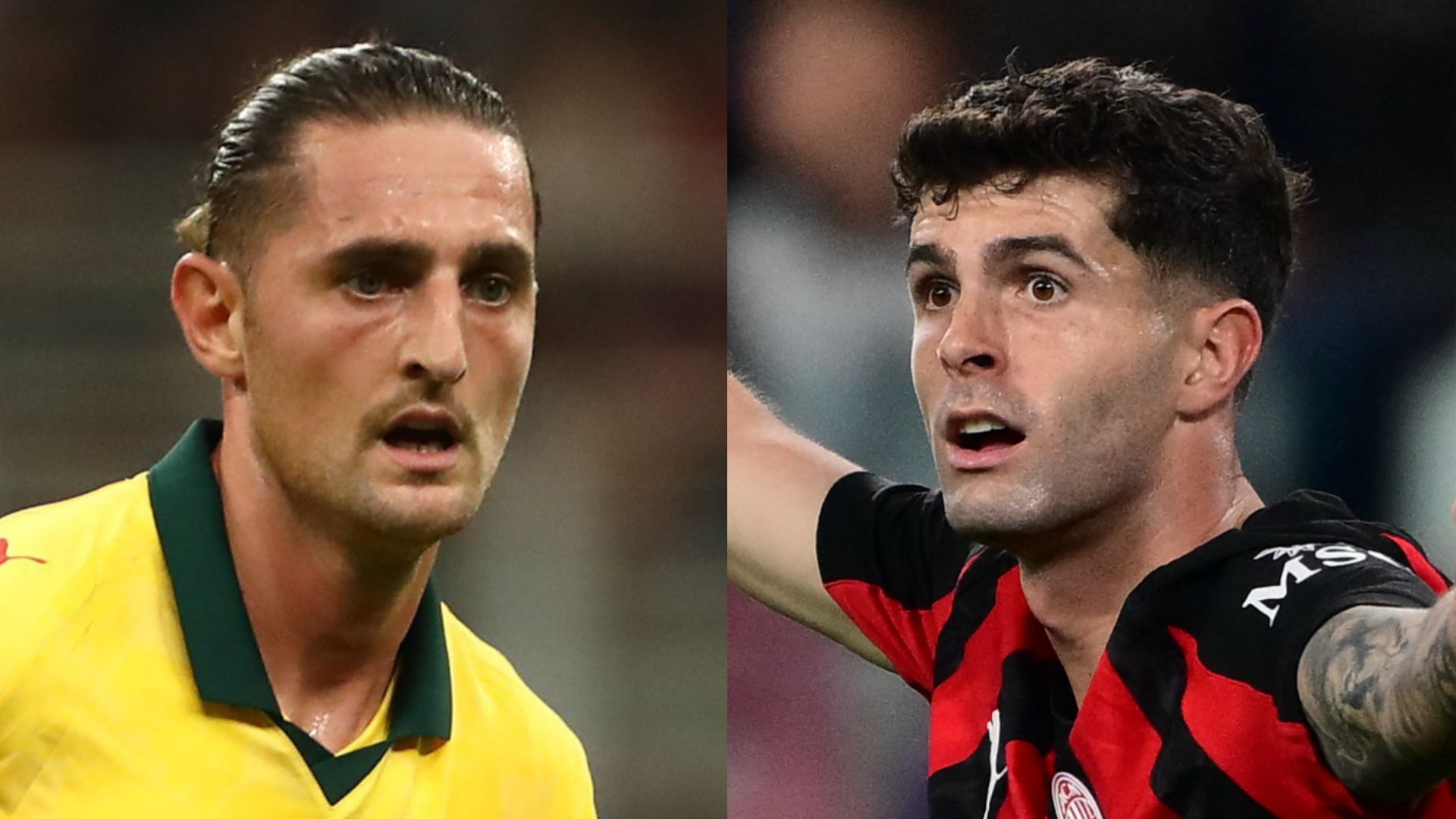
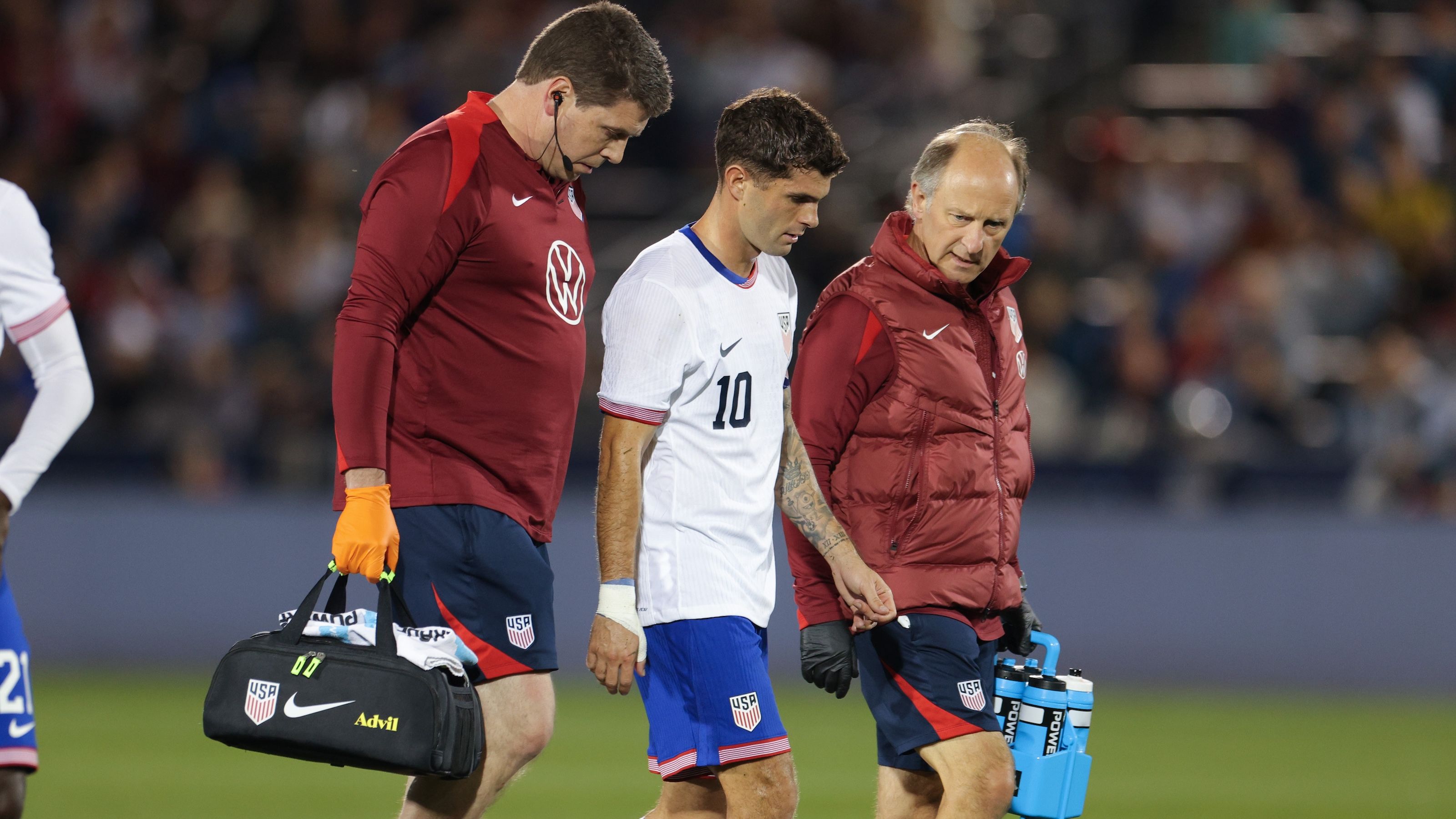
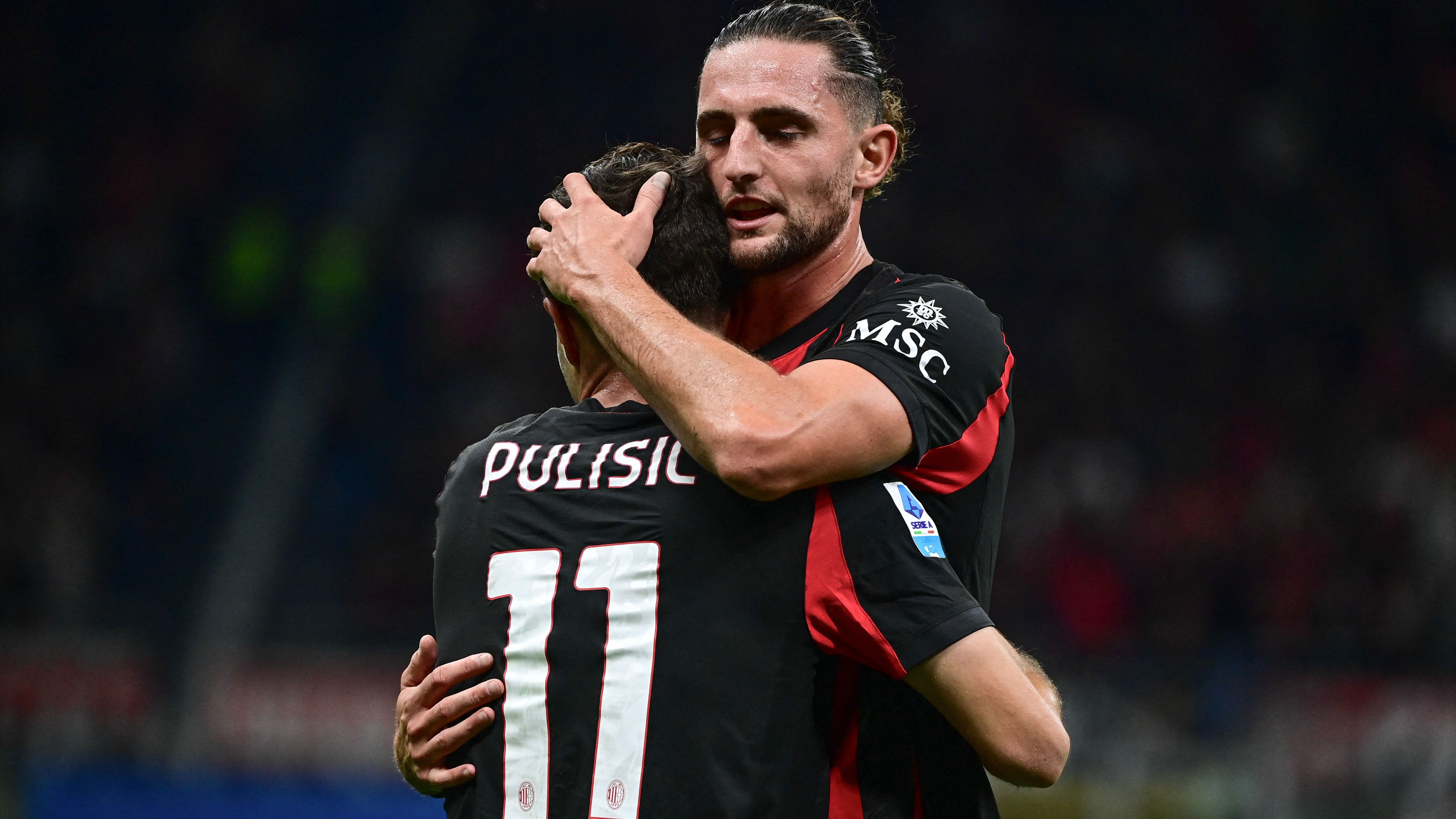
Double Blow: How AC Milan Injuries to Rabiot and Pulisic Threaten Their Serie A Momentum
In the world of AC Milan injuries, the latest setbacks for midfield star Adrien Rabiot and winger Christian Pulisic have cast a shadow over the team’s promising campaign, demanding strategic adjustments and testing squad resilience. As the Rossoneri navigate this challenging period, the focus shifts to recovery timelines and potential lineup changes amid a packed schedule in Italy’s top league.
AC Milan Injury Details for Key Players
Rabiot’s Calf Injury and Its Implications
French midfielder Adrien Rabiot’s comeback from national team commitments has unfortunately delivered a significant hurdle for AC Milan, as medical evaluations have pinpointed a lesion in his left calf muscle, keeping him sidelined for no less than four weeks, per reports from Sky Sport. This issue arose during France’s World Cup qualifier against Iceland and was initially downplayed, yet deeper examinations exposed the full severity, disrupting the team’s core dynamics.
Pulisic’s Hamstring Setback and Recovery Outlook
Beyond the midfield, AC Milan’s woes extend to their attack, with American talent Christian Pulisic dealing with a hamstring problem that forced him off the field early in a recent international match. Diagnostic imaging has shown a mild tear in his right hamstring, likely causing him to sit out at least three upcoming games, including key clashes, as the club plans to review his status in 10 days for a clearer path forward.
Upcoming Matches and Team Challenges
Overlapping Absences During Critical Fixtures
The unfortunate timing of these injuries compounds AC Milan’s difficulties, as both players are poised to miss pivotal encounters with teams like Fiorentina, Pisa, and Atalanta before the next international pause, potentially derailing the squad’s rhythm in this intense phase of the season.
Broader Impact on Squad Depth and Options
Adding to the complications, forward Rafael Leao was pulled from Portugal’s lineup earlier due to health issues, and defenders Pervis Estupinan and Alexis Saelemaekers are still questionable, pushing coach Max Allegri to evaluate his roster’s limits and adapt his offensive tactics for a tough October lineup of games.
Strategic Adjustments and Potential Replacements
Tactical Shifts in Midfield
With core figures out, Allegri must solve the puzzle of sustaining team equilibrium and drive without his main assets. Initial insights suggest that Ruben Loftus-Cheek could step in for Rabiot, offering his versatile play and robust presence, although he may not match the same level of ball control in the center.
Emerging Opportunities for Squad Members
Fans are advocating for youngsters like Samuele Ricci, who joined from Torino, to see more action, but he’s yet to climb the depth chart. Meanwhile, Ardon Jashari might emerge as an option post-recovery from his leg injury, potentially leading to formation tweaks, such as a more balanced midfield trio or a cautious defensive approach against elite foes, highlighting Allegri’s ability to adapt under pressure.
AC Milan’s Current Standing and Future Prospects
Performance Review Amid Setbacks
Currently holding third place in Serie A with 13 points after six initial matches, AC Milan aims to uphold their solid performance despite these obstacles. The season kicked off with a narrow 2-1 defeat, followed by a streak of four wins, and a stalemate against Juventus prior to the break, setting the stage for their next tests starting with Fiorentina at home on October 19.
Reassessment and Long-Term Hopes
Both Rabiot and Pulisic are set for follow-up checks in the coming 10 days, with optimistic projections for their return around late November if rehab goes well. For now, Allegri will lean on the team’s versatility, focus, and determination to steer through this vital period successfully.
The Latest on Adrien Rabiot’s Injury with AC Milan
In the fast-paced world of Serie A football, injuries can throw a wrench into any team’s season, and AC Milan has been no exception. Recently, the club confirmed the extent of Adrien Rabiot’s injury, which has fans and analysts buzzing about how it might impact the midfielder’s availability. Rabiot, known for his dynamic presence on the pitch, suffered what appears to be a muscle strain during a recent training session, as per reports from the club’s medical team.
Details emerging from AC Milan’s official statements highlight that Rabiot’s injury involves a Grade 2 tear in his thigh muscle. This type of football injury typically requires a recovery period of four to six weeks, depending on how the player responds to rehabilitation. For those following AC Milan closely, this news adds to the challenges the team faces in maintaining their competitive edge in Serie A. Rabiot’s ability to control the midfield and make key passes has been crucial, so his absence could mean adjustments in team strategy.
To give you a clearer picture, let’s break down the injury specifics:
- Type of Injury: A Grade 2 muscle tear, which is more severe than a minor strain but not as debilitating as a full rupture.
- Initial Symptoms: Rabiot experienced sharp pain and swelling, leading to immediate medical evaluation.
- Diagnosis Process: The club used MRI scans to confirm the extent, ensuring a precise diagnosis to avoid any long-term complications.
This situation underscores the importance of AC Milan injuries being managed proactively, as delays in recovery could affect not just individual players but the entire squad’s performance.
Recovery Timeline and What It Means for Serie A
When it comes to Adrien Rabiot’s injury recovery, AC Milan’s medical staff has outlined a structured plan that includes rest, physical therapy, and gradual strength training. Experts suggest that with proper care, Rabiot could return to full training within a month, but Serie A fixtures wait for no one. This means AC Milan might have to rely on depth in their midfield, potentially giving opportunities to younger players like Yunus Musah.
In terms of broader Serie A context, such injuries highlight how football injury management can influence league standings. For instance, if Rabiot misses key matches against rivals like Inter Milan or Juventus, it could shift the dynamics of the title race. Fans are already speculating on social media about possible lineup changes, emphasizing the need for teams to have robust contingency plans.
Christian Pulisic’s Injury Details and AC Milan’s Response
Shifting gears to another key player, AC Milan has also confirmed the extent of Christian Pulisic’s injury, which occurred during a high-stakes match last week. Pulisic, the American star forward who’s been instrumental in AC Milan’s attacking plays, is dealing with a hamstring issue that’s all too common in professional football. The club announced that it’s a mild strain, which is good news compared to Rabiot’s setback.
Pulisic’s injury was assessed through on-field medical checks and follow-up imaging, revealing a Grade 1 strain. This typically means a shorter recovery time-around two to three weeks-with focused rehabilitation. For AC Milan fans, this Serie A side’s ability to bounce back quickly will be tested, as Pulisic’s speed and goal-scoring prowess have been vital in recent wins.
Here are some key points on Pulisic’s situation:
- Injury Severity: Grade 1 hamstring strain, indicating minimal tissue damage.
- Symptoms and Treatment: He reported tightness and discomfort, leading to immediate ice therapy and rest.
- Rehabilitation Focus: Emphasis on strengthening exercises and mobility drills to prevent re-injury.
This confirmation from AC Milan not only keeps supporters informed but also demonstrates the club’s commitment to transparency about player health.
Potential Impact on Team Performance and Strategies
AC Milan’s handling of these injuries to Adrien Rabiot and Christian Pulisic could shape their Serie A campaign in significant ways. With both players sidelined for parts of the season, the team might need to adapt their tactics, perhaps leaning more on defensive solidity or bringing in substitutes earlier in games. From a fan’s perspective, it’s frustrating but also an opportunity to see emerging talents shine.
One interesting angle is how these AC Milan injuries affect morale. Teams with strong support systems often recover faster, and AC Milan’s history of overcoming adversity could play a role here. For example, in previous seasons, the club has dealt with similar setbacks and still pushed for top-four finishes, showing resilience that inspires players and fans alike.
Practical Tips for Managing Football Injuries Like Those in Serie A
While we can’t predict outcomes, there are practical tips that sports enthusiasts and teams can learn from AC Milan’s approach to injuries. Proper injury management benefits players by reducing recovery time and minimizing risks, which is crucial in a demanding league like Serie A.
Consider these actionable steps:
- Early Detection: Always prioritize immediate medical assessments, as seen with AC Milan’s use of scans for Rabiot and Pulisic.
- Personalized Rehab Plans: Tailor recovery programs to the individual, incorporating rest, physiotherapy, and gradual return-to-play protocols.
- Nutrition and Support: Focus on anti-inflammatory diets and mental health support to aid faster healing-something AC Milan’s staff likely emphasizes.
- Prevention Strategies: Teams should incorporate pre-season conditioning and regular check-ups to avoid football injuries in the first place.
In a case study from recent Serie A seasons, clubs like AC Milan that invest in advanced injury prevention have seen reduced downtime for stars, leading to better overall performance. For instance, Pulisic’s previous injuries were managed effectively, allowing him to contribute consistently.
First-hand experiences from players often reveal that mental preparation is key. Rabiot has spoken in interviews about staying positive during rehab, which could be a lesson for aspiring athletes facing similar challenges.
Overall, by addressing AC Milan injuries head-on, the club sets a standard for Serie A sides, ensuring that both Rabiot and Pulisic return stronger and ready to dominate. This proactive stance not only supports the team’s success but also provides valuable insights for football communities worldwide.


